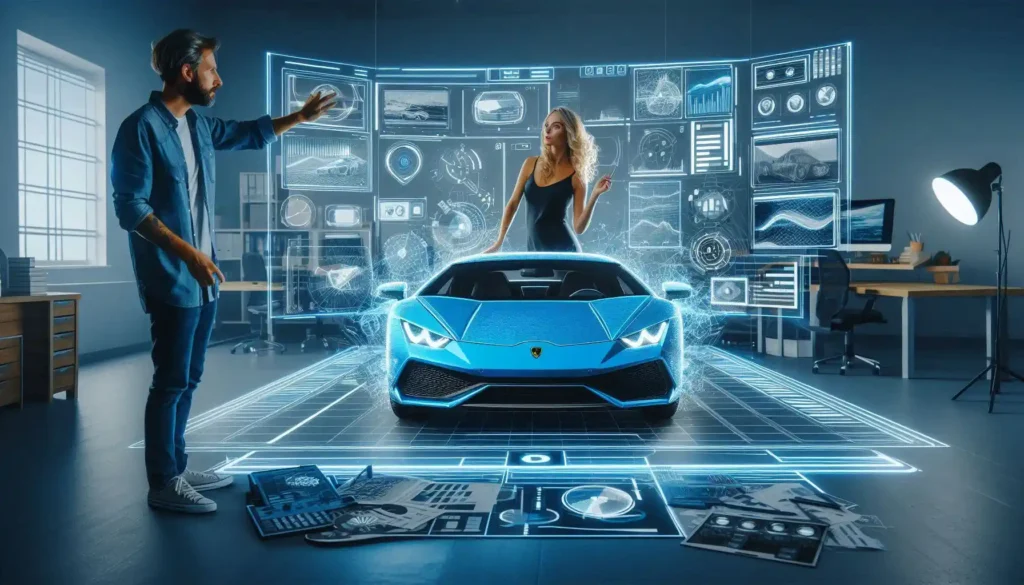What Exactly Is Motion Design? (No, It’s Not a Workout Routine)
Alright, let’s clear this up right away—motion design has nothing to do with hitting the gym, despite the name. It’s basically graphic design with energy drinks. It’s Like Graphic Design But With Extra Caffeine! You take still graphics, give them a jolt of life, and boom! You’ve got yourself some animated magic. Think of it like that scene in Frankenstein where the doctor yells, “It’s alive!” That’s motion design. You’re the mad scientist of moving pixels.

The Birth of an Idea (Or, How Your Brain Becomes a Motion Designer)
Motion design starts with a simple concept: “What if this boring image wasn’t so boring?” Then, your brain goes into overdrive. It’s like an episode of Shark Tank inside your head—ideas are swimming, competing for attention. Some are brilliant. Others… well, let’s just say they should stay in the deep end. You’re not just making things move; you’re telling a visual story, even if that story is a bouncing ball explaining cryptocurrency.
Tools of the Trade (Yes, You’ll Need More Than a Magic Wand)
Now, let’s talk tools. Every motion designer’s secret weapon is software like After Effects or Blender. It’s like Hogwarts for animation wizards. You want that logo to spin? Done. Want those characters to dance like they’re in a music video? Easy. If graphic design is playing with Legos, motion design is taking those Legos and creating an entire city. With dragons. And fireworks. And probably a catchy soundtrack.
Motion Design in the Wild (Also Known As “Everything You See Online”)
Motion design is everywhere. It’s in the ads you skip on YouTube, the logo animations that swoosh in during your favorite show, and those hypnotic Instagram videos you can’t stop watching. You can’t escape it—motion design is like glitter at a craft store. Once it’s out there, it’s everywhere. In a world of short attention spans, motion design grabs you by the eyeballs and makes you say, “Oh, shiny!”
Why You Should Care (Because Static Graphics Are So Last Century)
Why does motion design matter? Well, imagine a website with just still images. Yawn, right? Now, add some movement. That’s instant pop—like the difference between watching paint dry and watching a Marvel movie. Motion design keeps people hooked, and in the digital age, that’s priceless. Plus, who doesn’t love watching things bounce, slide, and explode in a satisfying way?
So, What Does Motion Design Mean? Really? (It’s Like the Future but Now)
In a nutshell, motion design is the art of making static graphics dance. It’s where creativity meets technology, storytelling meets visual flair, and the result is like a party for your eyes. Whether you’re selling products, explaining ideas, or just making someone smile with an animated cat GIF, motion design is the secret sauce that makes everything more fun. And let’s be honest, who wouldn’t want to be part of that world?

